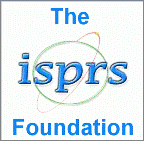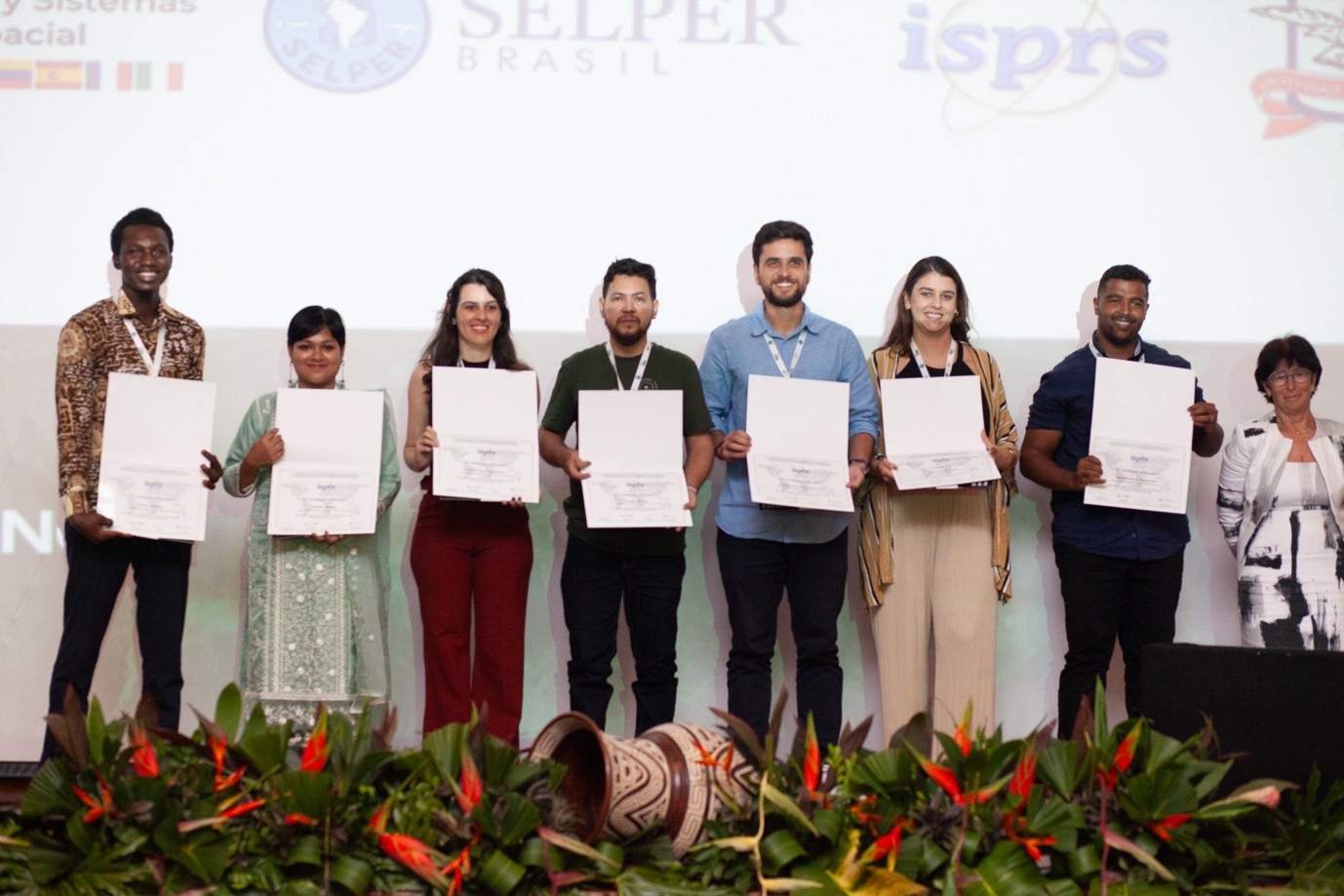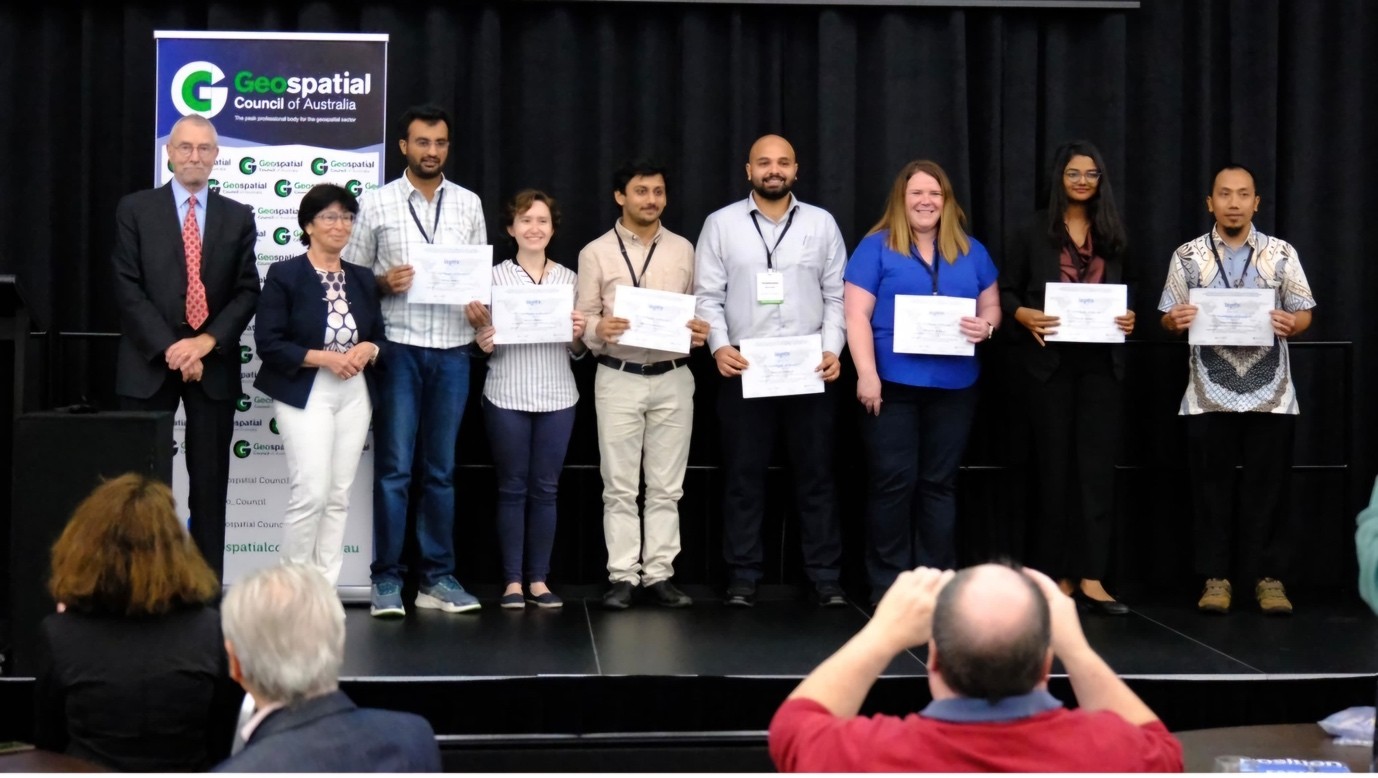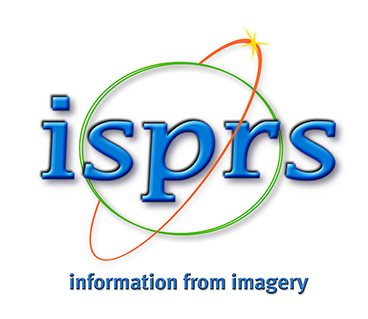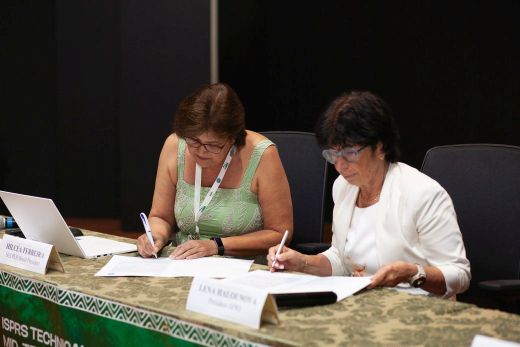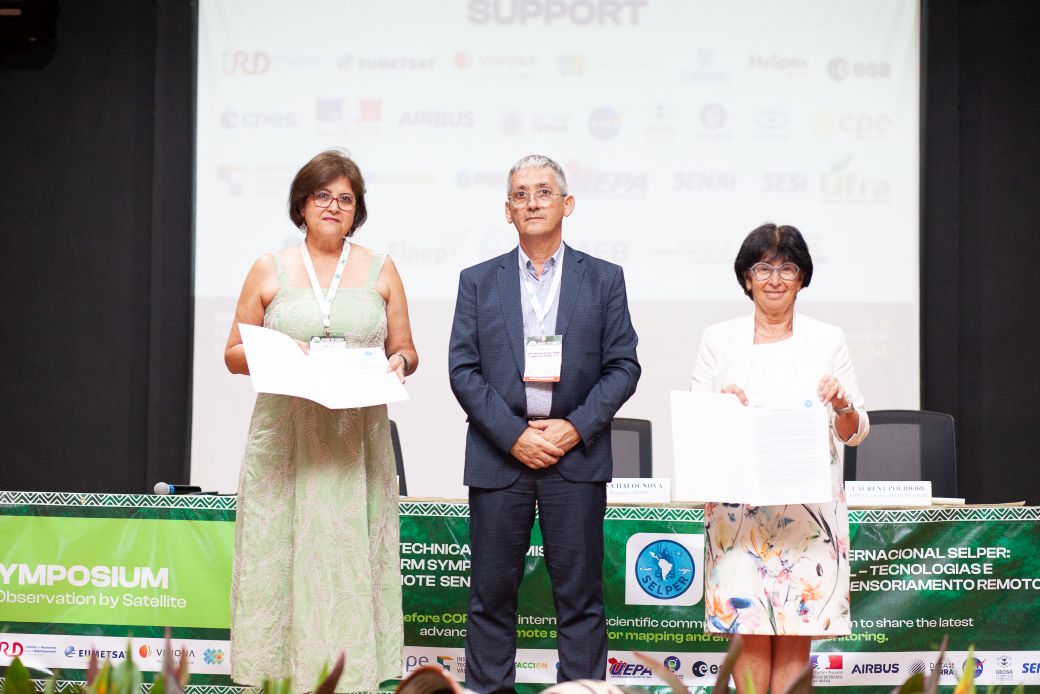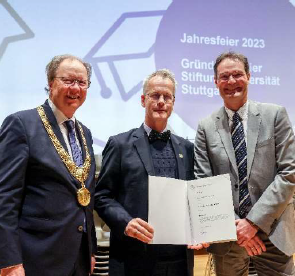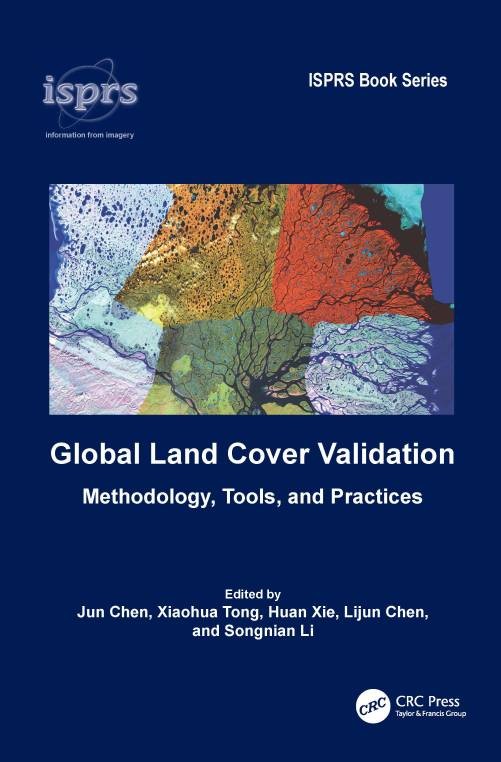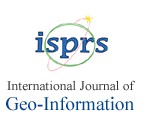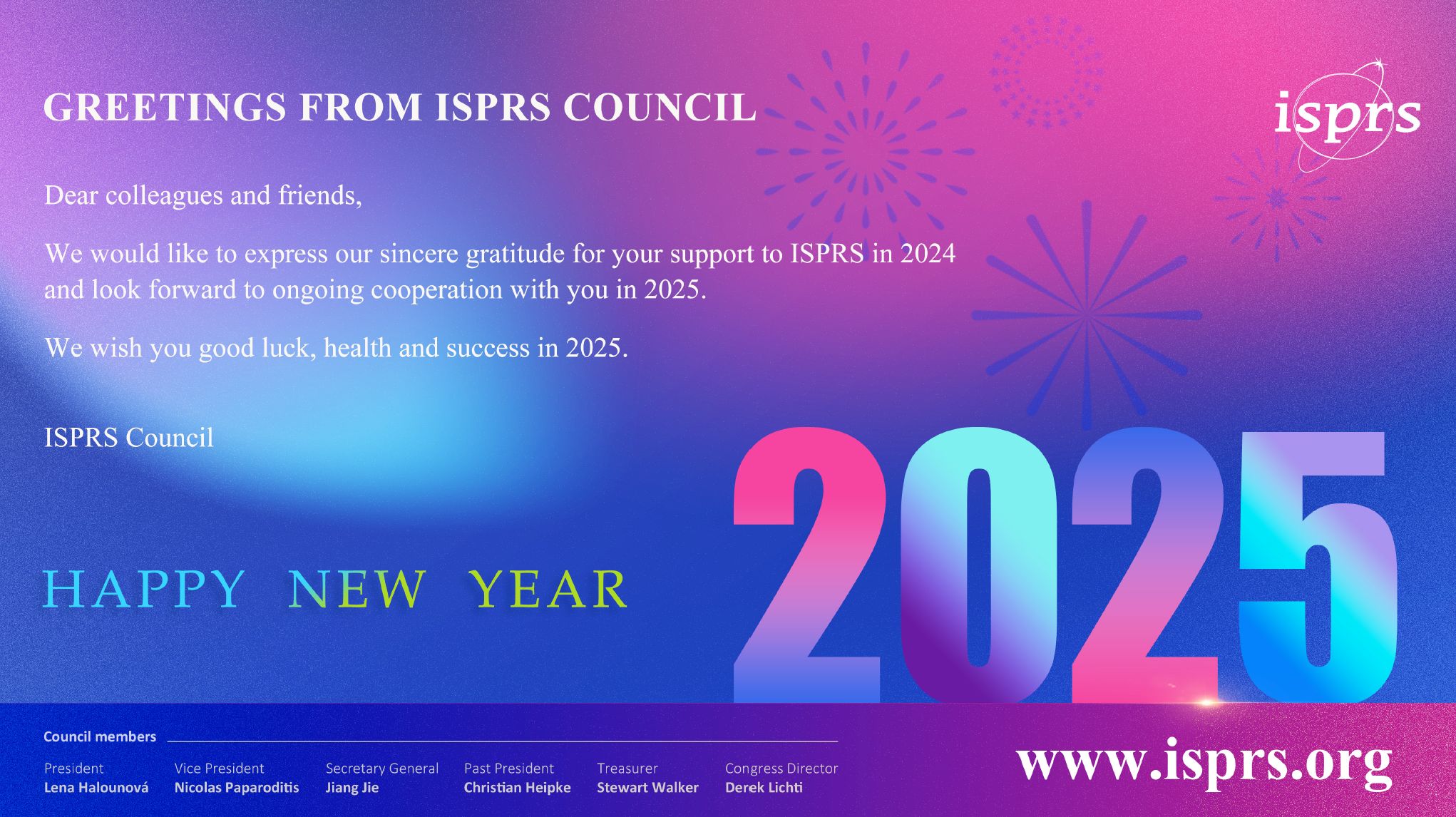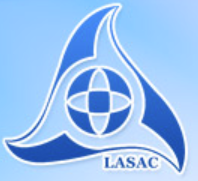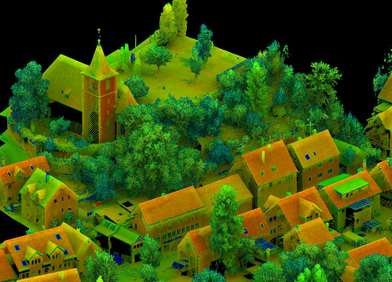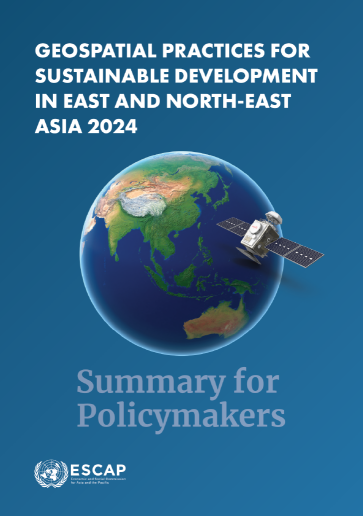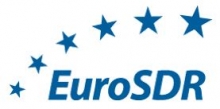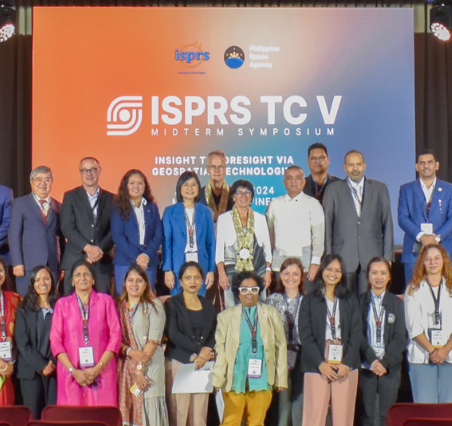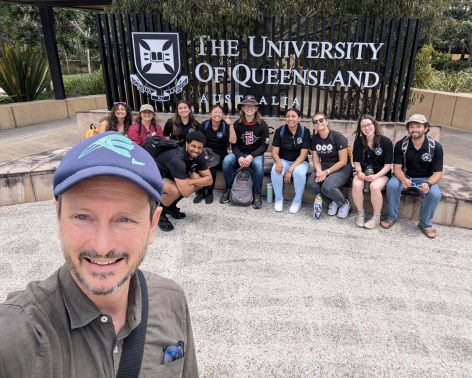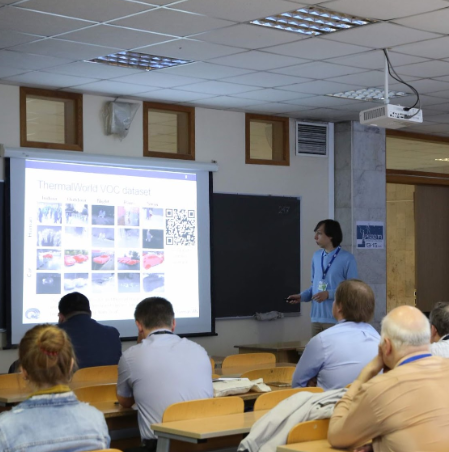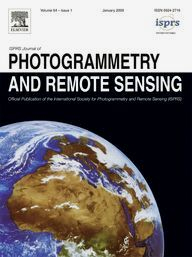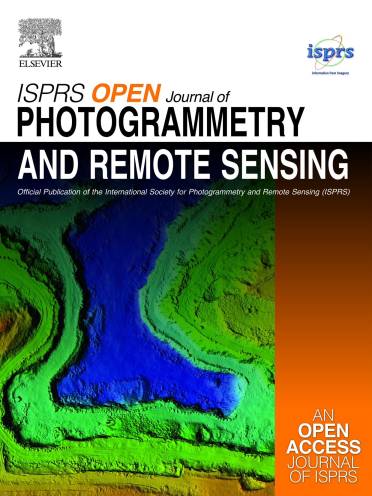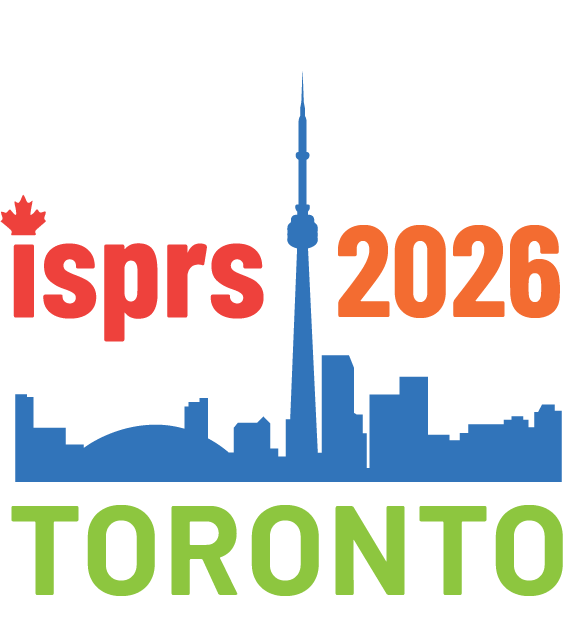

2026 ISPRS Congress Update
by Derek Lichti
Bob Ryerson
Shabnam Jabari
Partnerships
The importance of our partners to the Congress cannot be overstated. We see the accomplishments of our partners—sponsors and exhibitors—as one of the key drivers in how we will set up the entire program. We will have not only the Forum activities described below that will attract decision makers, but also special sessions that will allow our partners and sponsors to share their most recent achievements - the applied abstract submissions described below. All of this will be in addition to the latest papers on the science for which the ISPRS Congresses are so well known. We are pleased to announce MDPI is an early Bronze Sponsor of the XXV Congress. We invite the community to join with us as sponsors and exhibitors to make this the most successful Congress ever—successful for everyone! Future sponsors and exhibitors can explore our Partnership Prospectus at https://www.isprs2026toronto.com/become-a-sponsor.
Attendee assistance
We have secured additional sources of funding to provide financial support for international attendees from the Global South, who are often underrepresented at the Congress. This includes a Leaders Circle1 Research Grant and a donation from the Schulich School of Engineering, University of Calgary. Details about how to apply for support will be available in 2025. This support is in addition to The ISPRS Foundation (TIF) travel grants.
Forum session planning
Forum sessions will take place in parallel with the scientific sessions, with the objective of addressing the interactions between science, public organizations, industry and decision-makers on hot topics of the geospatial community. The Forum is not a place to make research presentations but to address the impact of innovations and the role that our community can play in “building a better future together by providing collective visions and/or roadmaps.”
The concepts already identified for Forum attention at the 2026 Congress include:
- Congress legacy project: how to secure funding to support geospatial activities
- Bringing diversity equity and inclusion to the geospatial world (tentative title)
- Challenges faced by national mapping and remote sensing agencies
- Earth observation satellites
People who wish to contact the leaders of these Forum topics are invited to contact Dr. Bob Ryerson at bryerson@kimgeomatics.com. (Please use ISPRS Forum as the subject.)
The Congress Organizing Committee has identified several other topics that may be of interest should a champion emerge:
- The role of geospatial information in climate change
- Interactions between computer vision and photogrammetry in surveying industry
- Geospatial information in international development and poverty alleviation
- The role of ai in the future geospatial world
- Foundational models in spatial information systems
- What does quantum computing + AI mean for the geospatial industry?
Abstract only and applied sessions
We plan to offer two abstract-only submission types for the 2026 Congress: scientific and applied. For authors who submit extended abstracts to the scientific program, submission of a full-length paper will be optional if the abstract is accepted.
Recognizing the invaluable perspectives and contributions that non-academic professionals bring to our field, we will invite applied abstract submissions from industry, government agencies and NGOs. In our national symposia we have found that industry and the user community value the opportunity to describe how they have been using geospatial technology in an operational (as compared to scientific or research) manner. We see this approach, as well as the usual ways for industry to present itself at a conference, as a highly valuable way to share results, build client interest, and develop both leads and new business ideas. We have found that, in addition to decision makers with budgets, these sessions tend to attract younger professionals and graduate students, many of whom are seeking employment. Of course, we also plan to have student awards and competitions.
1 The Toronto Leaders Circle is a distinguished network of Canadian experts committed to enhancing the city’s global reputation by bringing international meetings to Toronto.


